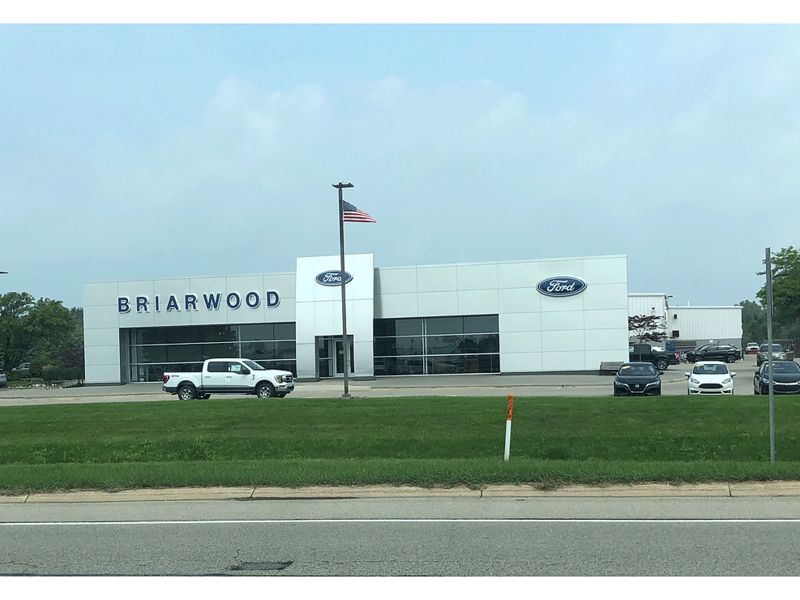
U.S. light-vehicle sales volume this month will fall to its lowest September level since the Great Recession as the ongoing global microchip shortage continues to deplete inventory, according to a forecast by Cox Automotive.
Cox predicts that sales volume will drop to 1 million units in September, down 26 percent from a year earlier. The last time September volume fell below 1 million was in 2009. There have only been three months of below 1 million volume in the past decade, according to Cox.
Many U.S. automakers plan to report September and third-quarter light-vehicle sales on Friday, as they continue to idle plants intermittently to redirect chips. Ford Motor Co. reports on Monday, Oct. 4, and Daimler reports later next week.
AutoForecast Solutions estimates the global auto industry has lost 8.9 million vehicles from production plans because of the chip crisis, including 2.9 million in North America.
Cox expects the September sales pace, or the seasonally adjusted annual rate (SAAR), to fall to around 12.1 million vehicles, its slowest pace since May 2020 when much of the country was shut down in the early months of the coronavirus pandemic. That pace is down about 1 million vehicles from August and about 4 million units from the sales rate set in September 2020.
September would mark the fifth straight month of U.S. light-vehicle SAAR declines. In each of those months, the sales pace has declined by more than a million units. Stock on dealership lots has sunk 58 percent since September 2020, down by nearly 1.4 million units, Cox said.
“After a strong spring selling season, the supply situation has worsened precipitously and is dragging sales down with it,” Charlie Chesbrough, Cox Automotive senior economist, said in a statement.
No vehicle segments bolstered sales in September, Cox said. The largest year-over-year decreases were in the midsize car segment at 41 percent and the compact crossover segment at 33.7 percent.
Third-quarter decline
With the September sales drop, Cox expects third-quarter volume to drop 14 percent from a year earlier and 22 percent from the third quarter of 2019.
Consumer demand is strong, but inventory on dealers’ lots has remained sparse. The lack of choices may push about half of would-be car buyers out of the market, according to an August survey by Cox’s Kelley Blue Book team.
Cox expects the chip supply constraints to improve, resulting in a better fourth-quarter selling rate.
“But that doesn’t mean good selling rates,” said Chesbrough.
Still, some automakers have managed the shortage better in recent months, he added.
“Automakers are improving their ability to redirect existing chips to the most important vehicles in their portfolios,” Chesbrough said. “This strategy should support better sales in the fourth quarter compared to the third quarter.”